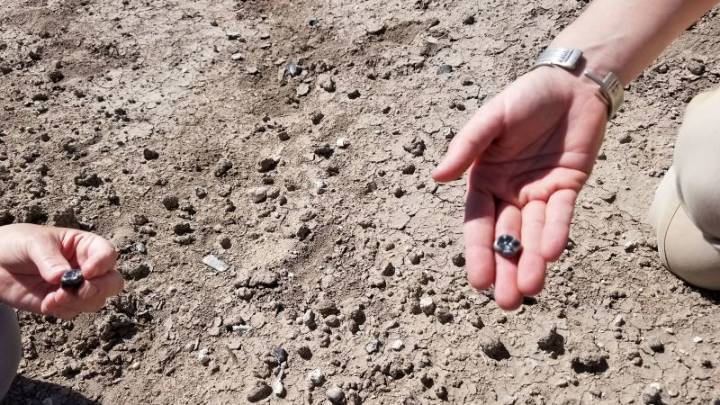Ancient, fossilized teeth, uncovered during a decades-long archaeology project in northeastern Ethiopia, indicate that two different kinds of hominins, or human ancestors, lived in the same place between 2.6 million and 2.8 million years ago — and one of them may be a previously unknown species.
The discovery provides a new glimpse into the complex web of human evolution. Ten of the teeth, found between 2018 and 2020, belong to the genus Australopithecus, an ancient human relative. Meanwhile, three teeth, found in 2015, belong to the genus Homo, which includes modern humans, or Homo sapiens. The results were published Wednesday in the journal Nature .
Such an overlapping of two hominins in the fossil record is rare, which had previously led scientists to believe that Homo appeared afte

 CNN
CNN

 Associated Press US and World News Video
Associated Press US and World News Video People Human Interest
People Human Interest Arizona's Family
Arizona's Family Santa Maria Times Safety
Santa Maria Times Safety Ravalli Republic
Ravalli Republic Associated Press Top News
Associated Press Top News The Tennessean
The Tennessean AlterNet
AlterNet